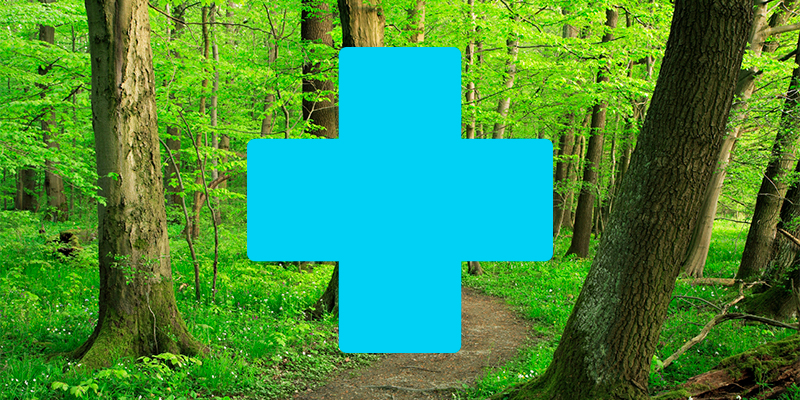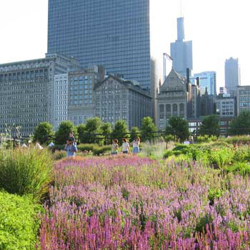Professional Practice
Adult: Stress

We all deal with various levels of stress and it can affect our bodies in a number of ways, both mental and physical.
High levels of long-term chronic stress can lead to reduced cognitive function, anxiety disorders and depression. Anxiety disorders are the most common mental illness in the U.S., affecting 40 million adults, or 18 percent of the U.S. population. This number results in a cost of $42 billion per year, which is almost a third of the country’s $148 billion mental health bill. According to the National Center for Health Statistics (NCHS), there has been a 400 percent increase in the number of teens and adults medicated with anti-depressants, which are used to treat anxiety, between 1988-1994 and 2005-2008.
Chronic stress is takes a major toll on our physical health, directly contributing to headache, poor sleep habits and a decreased immunity - people who are stressed out get sick more often. It can lead to high blood pressure and heart disease. Stress exacerbates anything that may already be wrong with us, making us feel worse.
How Nature Helps
Numerous studies have shown that access to trees and green spaces calm us and help to alleviate stress. One such study found that trees and green space are a major predictor of longevity, especially among people living of lower-incomes communities.
More broadly, integrating nature into the built environment in the form of parks, trees, or green roofs, can help counter the stressors of urban life. This is supported by a Scandinavian study, which found that office workers with forest views showed greater job satisfaction and lower stress levels than office workers with non-forest views.
Research
Explore More Resources:


"The Relationship between Stress and Human Health: Evidence from the Spread of the Emerald Ash Borer," American Journal of Preventative Medicine, 2013
“The
Physiological Effects of Shinrin-yoku (Taking in the Forest Atmosphere
or Forest Bathing): Evidence from Field Experiments in 24 Forests across
Japan,” Environmental Health and Preventative Medicine, 2010
"Effect of exposure to natural environment on health inequalities: an observational population study," The Lancet, 2008
“The Influence of Forest View Through A Window on Job Satisfaction and Job Stress,”
Scandinavian Journal of Forest Research, 2007
"The Mental and Physical Outcomes of Green Exercise," International Journal of Environmental Health Research, 2005
"The Interaction of Stress and Park Use on Psycho-Physiological Health in Older Adults," Journal of Leisure Research, 2004
“Landscape Planning and Stress,” Urban Forestry and Urban Greening, 2003
“Stress Recovery During Exposure to Natural & Urban Environments,” Journal of Environmental Psychology, 1991
Resources
"Research Shows Nature Helps with Stress," The Dirt blog
"Trees Are a Matter of Life and Death," The Dirt blog
"Our Sedentary Lifestyle is Turning Us into Nervous Wrecks," The Atlantic Cities
"Take Two Hours of Pine Forest and Call Me in the Morning," Outside Magazine
 ASLA 2008 Professional General Design Award of Excellence, The Lurie Garden, Millenium Park, Chicago, Illinois, Gustafson Guthrie Nichol Ltd. / Image credit: Gustafson Guthrie Nichol, Ltd.
ASLA 2008 Professional General Design Award of Excellence, The Lurie Garden, Millenium Park, Chicago, Illinois, Gustafson Guthrie Nichol Ltd. / Image credit: Gustafson Guthrie Nichol, Ltd.
Open Spaces Sacred Places
The American Horticultural Therapy Association
Therapeutic Landscape Network
Role of the Landscape Architect
Understanding the importance that a place of peace and refuge can have on our day to day lives, landscape architects are able to take some of the edge off our modern existence by designing parks that provide us with quiet places.
Paley Park in New York City is a small and enclosed space, whose use of rushing water blocks out the noise of the city as soon as you walk in. The trees provide shade, and you are immediately cooled.
Lurie Garden in Chicago also makes use of water, offering places to sit for spell and inviting people to soak their feet, all within a lush garden densely planted with flowers.
Case Studies
Lurie Garden, Chicago Gustafson Guthrie Nichol, Ltd.
Paley Park, NYC Zion & Breen
<< Post Traumatic Stress Disorder (PTSD)
Stroke >>